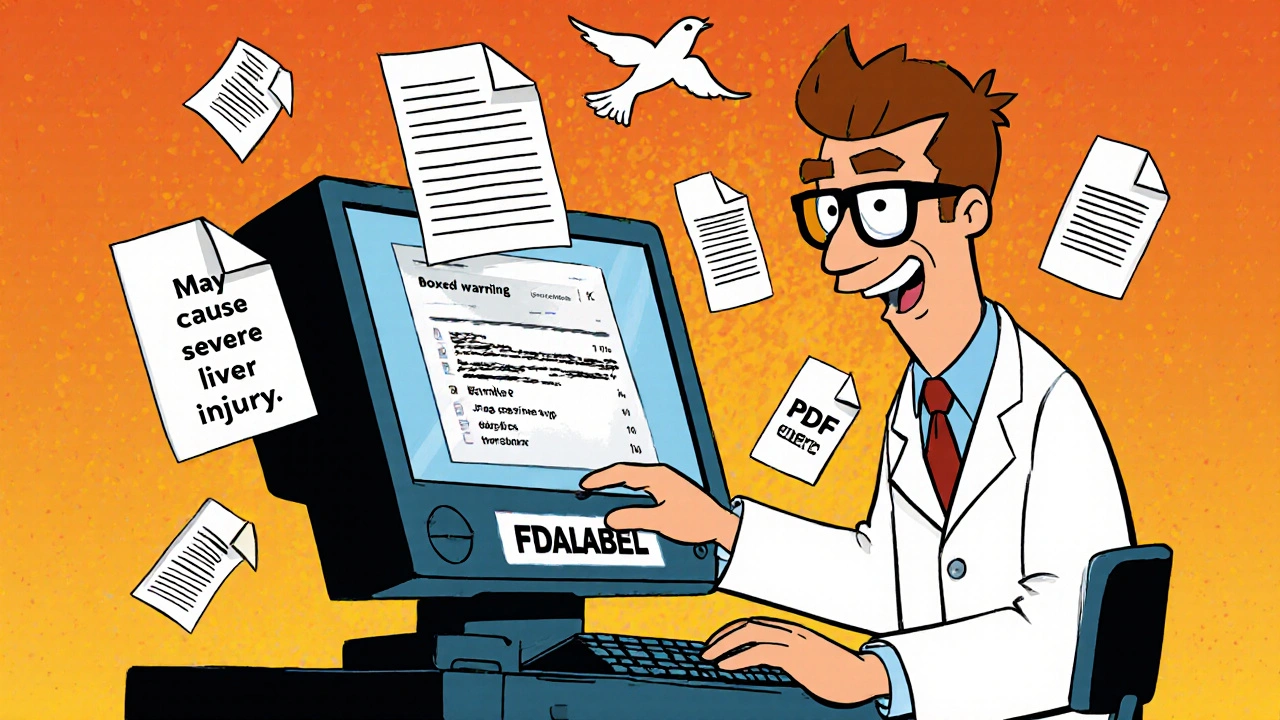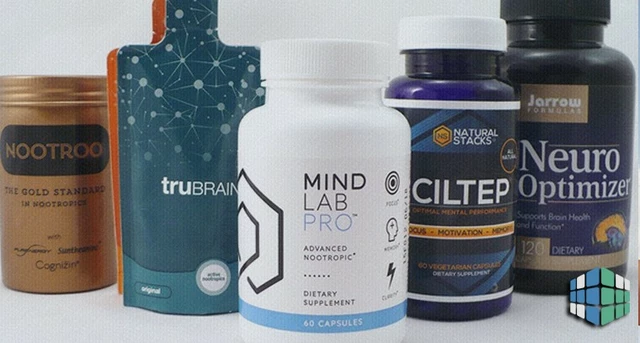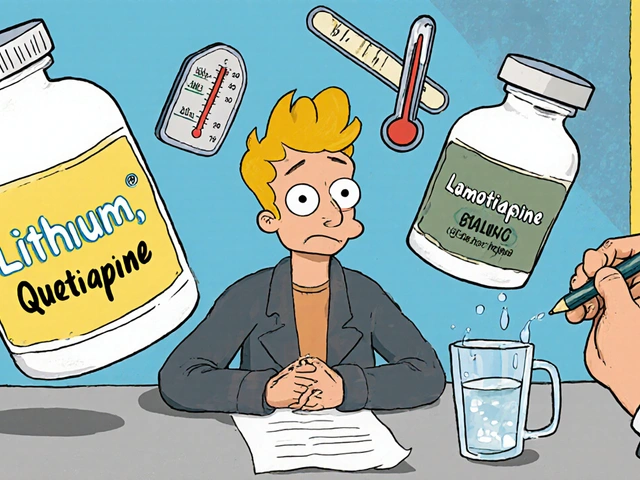FDALabel: What It Means for Your Medications and Health Choices
When you pick up a prescription, the FDALabel, the official document approved by the U.S. Food and Drug Administration that details a drug’s uses, risks, and instructions. Also known as the Prescribing Information, it’s the most accurate, legally required source of truth about your medicine. This isn’t marketing fluff or a pharmacy flyer—it’s the full legal and scientific record of what the drug can and can’t do. And if you don’t know how to read it, you’re guessing when you should be informed.
The FDALabel doesn’t just list side effects—it shows you which ones are common, which are deadly, and who’s most at risk. For example, if you’re on simvastatin, the FDALabel warns you about grapefruit juice and muscle damage. If you’re taking clopidogrel, it tells you omeprazole can make it useless. These aren’t rumors. They’re facts buried in fine print that your doctor might not have time to explain. The FDALabel also reveals drug interactions you won’t find on the bottle, like how nitrofurantoin can trigger hemolytic anemia in people with G6PD deficiency. It tells you if a drug is unsafe for seniors, pregnant women, or people with kidney disease. And yes—it’s updated regularly. What was approved in 2020 might have new warnings in 2025.
But here’s the catch: most people never see the real FDALabel. They see a summary on a website, a handout from a pharmacist, or a TV ad that leaves out the scary parts. The full version is on the FDA’s website, but it’s written for doctors—not patients. That’s why the posts here cut through the jargon. You’ll find guides on how to find and interpret the FDALabel for common drugs like lithium, quetiapine, simvastatin, and omeprazole. You’ll learn how to spot hidden risks in drug interactions, understand why some generics are safer than others, and know when to ask for a second opinion because the label says something your doctor didn’t mention. You’ll also see how government policies, like FDA approval speed and generic drug competition, shape what ends up on that label in the first place.
Whether you’re managing bipolar disorder, taking antibiotics for a UTI, or just trying to avoid a dangerous mix of over-the-counter pills, the FDALabel is your secret weapon. It doesn’t care if you’re rich or poor, insured or not—it’s the same for everyone. And if you know how to use it, you can push back when your insurance denies coverage, question a doctor’s prescription, or find a safer alternative before something goes wrong. Below, you’ll find real-world breakdowns of how the FDALabel affects your daily choices—no fluff, no theory, just what you need to know to stay safe and in control.




